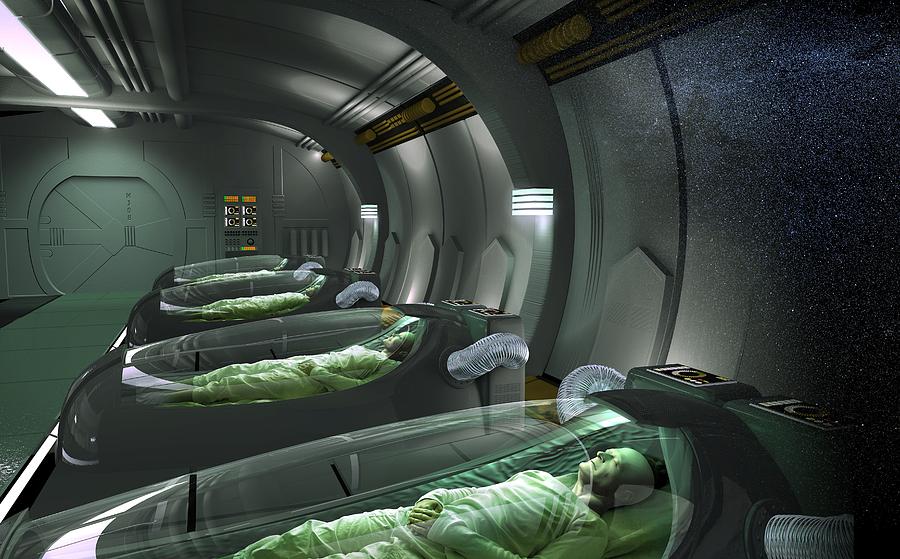Scientists (and sci-fi fans) have to varying degrees been discussing the concept of suspended animation for years; the idea that the biological functions of the human body can somehow be put on “pause” for a prescribed period of time while preserving the physiological capabilities. If you’ve ever watched any sci-fi movie depicting interstellar travel you have probably seen some iteration of this concept as a way to get around the plot conundrum of the vastness of space and space travel times, relative to natural human aging and human life span. The basic principle of suspended animation already exists within the natural world, associated with the lethargic state of animals or plants that appear, over a period, to be dead but can then “wake-up” or prevail without suffering any apparent harm. This concept is often termed in different contexts: hibernation, dormancy, or anabiosis (this last terms refers to some aquatic invertebrates and plants in scarcity conditions). It is these real-world examples that likely inspire the human imagination of the possibilities for suspended human animation. The concept of suspended human animation is more commonly viewed through the lens of science fiction (and interstellar travel), however, the shift of this concept from scientific fiction to science reality has a more practical human application.
